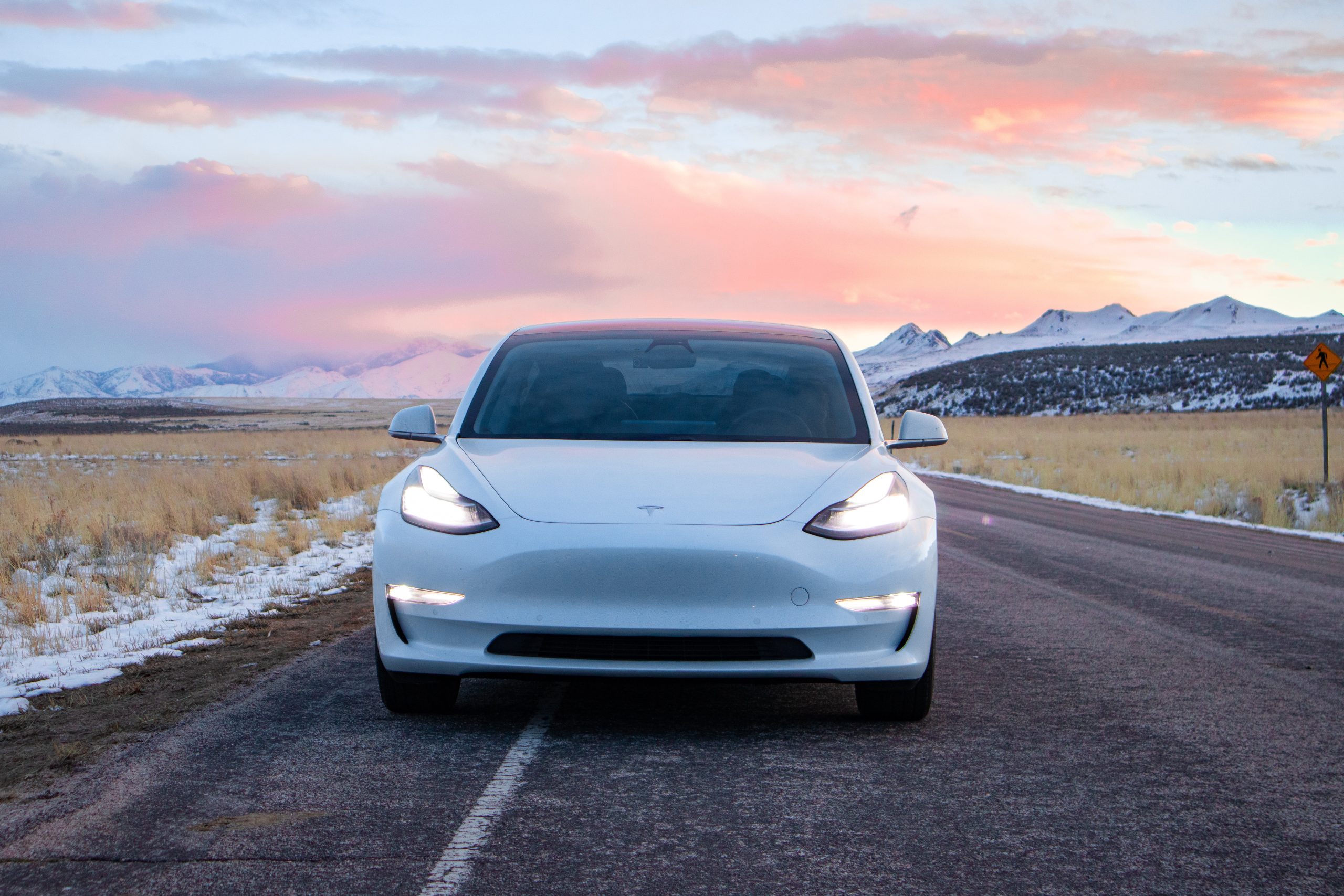The American automotive landscape is undergoing a paradigm shift as the electric vehicle (EV) market experiences an unprecedented surge in growth. With an increasing emphasis on sustainability and a growing array of models available, EVs are quickly becoming a mainstream choice for environmentally conscious consumers across the United States. As the world transitions toward a greener future, the electric vehicle revolution is gaining momentum and reshaping the automotive industry.
In recent years, the United States has witnessed a remarkable surge in the adoption of electric vehicles, fueled by advancements in technology, favorable government policies, and a greater public awareness of climate change. According to the latest data from [reputable source], the number of electric vehicles on American roads has doubled in the past [time frame], reaching an impressive [number] as of 2025. This exponential growth reflects a dramatic shift in consumer preferences and a clear demand for sustainable transportation options.
One of the primary factors contributing to the EV market’s rapid expansion is the continuous improvement of battery technology. Major automakers are investing heavily in research and development to enhance battery range, charging infrastructure, and affordability. The introduction of long-range electric vehicles capable of traveling over [distance] on a single charge has alleviated one of the key concerns among potential buyers. Moreover, advancements in fast-charging technology have considerably reduced charging times, making EVs more convenient and accessible for daily use.
Government support and incentives have also played a pivotal role in propelling the electric vehicle market forward. Both federal and state governments have implemented various measures to encourage EV adoption, such as tax credits, grants, and subsidies for electric vehicle purchases. These incentives not only make EVs more affordable but also help offset the higher initial costs associated with electric vehicles compared to their conventional counterparts. Furthermore, federal investments in charging infrastructure development have addressed “range anxiety” concerns, allowing EV owners to recharge their vehicles more conveniently, even during long-distance travel.
Beyond technological advancements and government support, the growing environmental consciousness among consumers has been a driving force behind the surge in EV sales. As individuals become more aware of the detrimental effects of greenhouse gas emissions and air pollution, many are making conscious decisions to reduce their carbon footprint. Electric vehicles offer a sustainable alternative to traditional gasoline-powered cars, as they produce zero tailpipe emissions and contribute to cleaner air quality. The desire to protect the planet and combat climate change is undoubtedly fueling the popularity of EVs and driving their market growth.
However, challenges remain on the path to widespread electric vehicle adoption. Concerns surrounding the availability of charging stations, the limited driving range of some models, and the affordability for lower-income households must be addressed to ensure equitable access to electric transportation for all. While progress has been made in expanding charging infrastructure, continued investment and collaboration between the public and private sectors are crucial to establish a robust network that covers both urban and rural areas.
As the electric vehicle market continues to gain traction, the automotive industry is experiencing a significant shift. Traditional automakers are ramping up their electric vehicle production, while new entrants are emerging with innovative EV designs. This surge in competition is resulting in increased consumer choice, driving further advancements in technology and affordability. The United States is witnessing a transformation of the transportation sector, with electric vehicles poised to become the new norm in the not-too-distant future.
In conclusion, the electric vehicle market in the United States is witnessing extraordinary growth, driven by technological advancements, government support, and shifting consumer preferences. As the world transitions toward a sustainable future, EVs are becoming increasingly popular, revolutionizing the automotive industry. However, the journey toward widespread adoption is not without its challenges. The continued expansion of charging infrastructure




